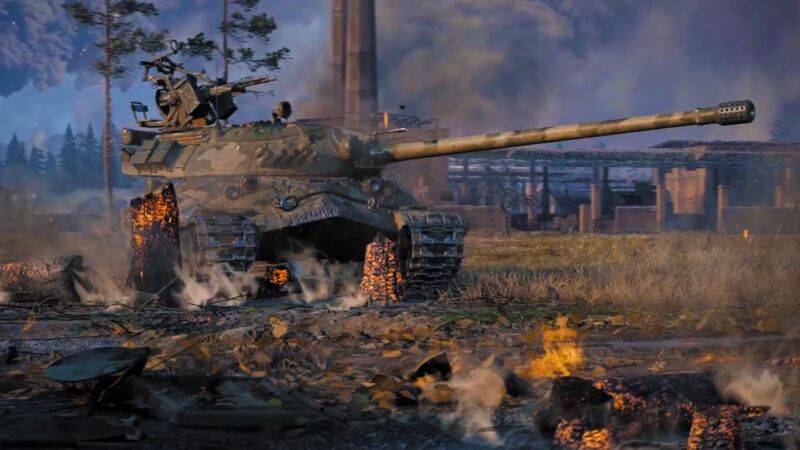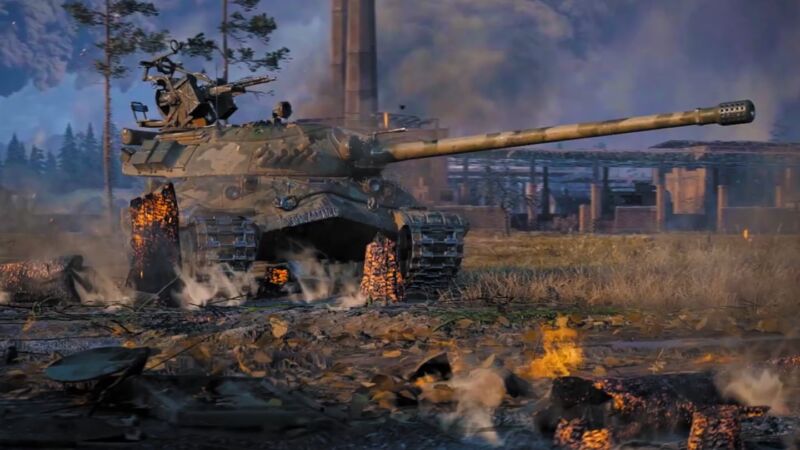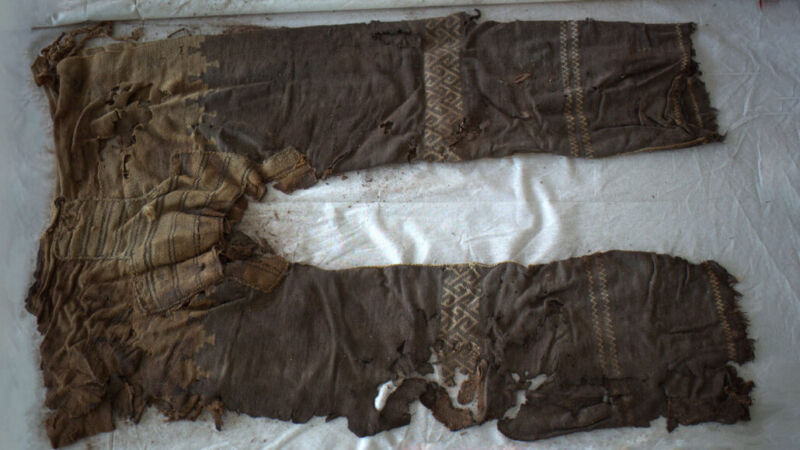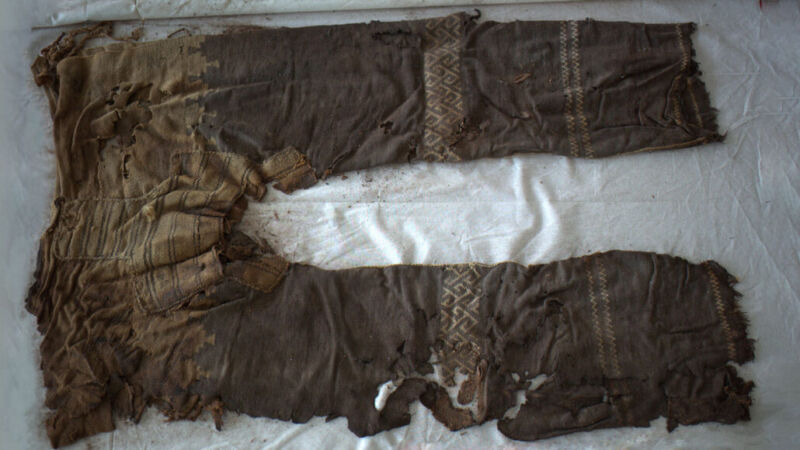
Enlarge / World of Tanks will remain playable in Russia and Belarus even though developer Wargaming is leaving those countries.
Wargaming, the developer behind the massively popular military MMO World of Tanks and its spinoffs, has decided to close its offices in Russia and Belarus amid the ongoing invasion of Ukraine.
In an announcement on LinkedIn, the company cited a “strategic review of business operations worldwide” precipitating the move. That’s not that surprising, as governmental and corporate sanctions have made it increasingly difficult for many international businesses to operate in Russia and Belarus in the first place.
But that doesn’t mean the closings will be of immediate financial benefit to Wargaming. “The company will not profit from this process either today or going forward,” Wargaming wrote. “Much to the contrary, we expect to suffer substantial losses as a direct result of this decision.”









